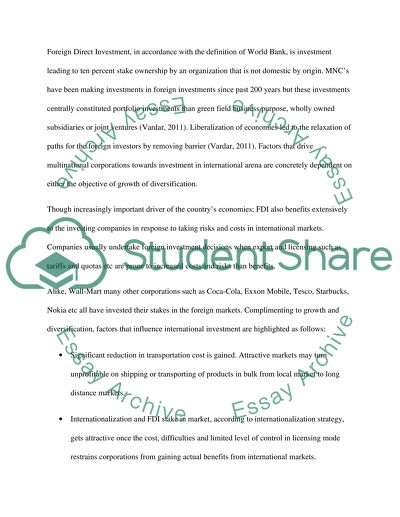Cite this document
(“International Financial Management Essay Example | Topics and Well Written Essays - 2500 words - 1”, n.d.)
Retrieved from https://studentshare.org/finance-accounting/1483010-international-financial-management
Retrieved from https://studentshare.org/finance-accounting/1483010-international-financial-management
(International Financial Management Essay Example | Topics and Well Written Essays - 2500 Words - 1)
https://studentshare.org/finance-accounting/1483010-international-financial-management.
https://studentshare.org/finance-accounting/1483010-international-financial-management.
“International Financial Management Essay Example | Topics and Well Written Essays - 2500 Words - 1”, n.d. https://studentshare.org/finance-accounting/1483010-international-financial-management.


